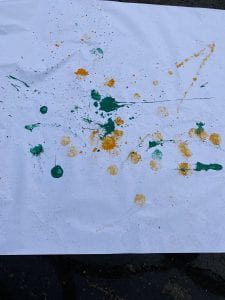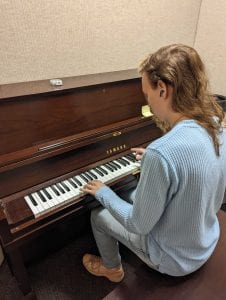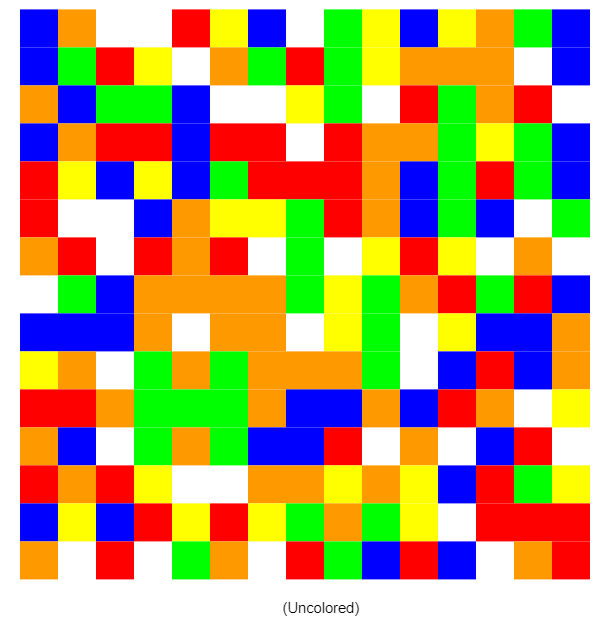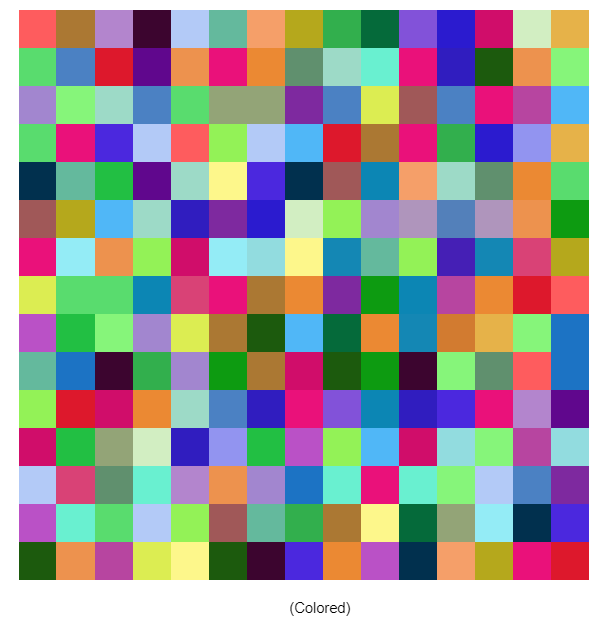Score:
Color the ball and play a game of tennis to reveal hidden art
Artist’s Statement:
Tennis is an artful sport if one watches it closely, it is either one on one or two on two which is very personal in terms of sports. Some people have noted how it looks like the players are almost dancing as they are waiting for the ball to return to their side, as players are constantly moving their feet during a point. Higher level tournaments took it upon themselves to show where and how most shots hit by the champion of the tournament ended up. This created almost a collage on the court. This reminded me of the Open Score performed by Robert Rauschenberg with Billy Kluver at 9 Evenings, 1966. Turning the court into a canvas in one way or another was done by both the tournament that mapped the shots as well as these two Dada artists however, the dada artist’s idea was more interesting. As a man and woman played a set the sounds of the ball being hit were amplified and sounds were controlled by vibrations in the racquet, on top of that little by little it got darker and darker. This is how the engineer Billy Kluver and the artist Robert Rauschenberg turned the tennis court into their own canvas, and it is what inspired me to use tennis as well.
Tennis has many shots, and many types within those shots, meaning that the trajectory of a ball and how it bounces has many different outcomes depending on topspin, if it was sliced or not or if it was hit flat. These are all nuances that tennis has that are not always shown off. I wanted to use the chance to physically portray the differences as well as use a non-conventional tool for art, which is what the dada movement and specifically scores focus on. With these sets of instructions, the outcome will be different every single time but there will be similarities across the board as well. After a tennis ball is covered in paint then it allows to see hidden artwork in a seemingly normal point. My favorite part about this score is that technically, every point in tennis throughout every level of playing, has art like this hidden right beneath the surface.






